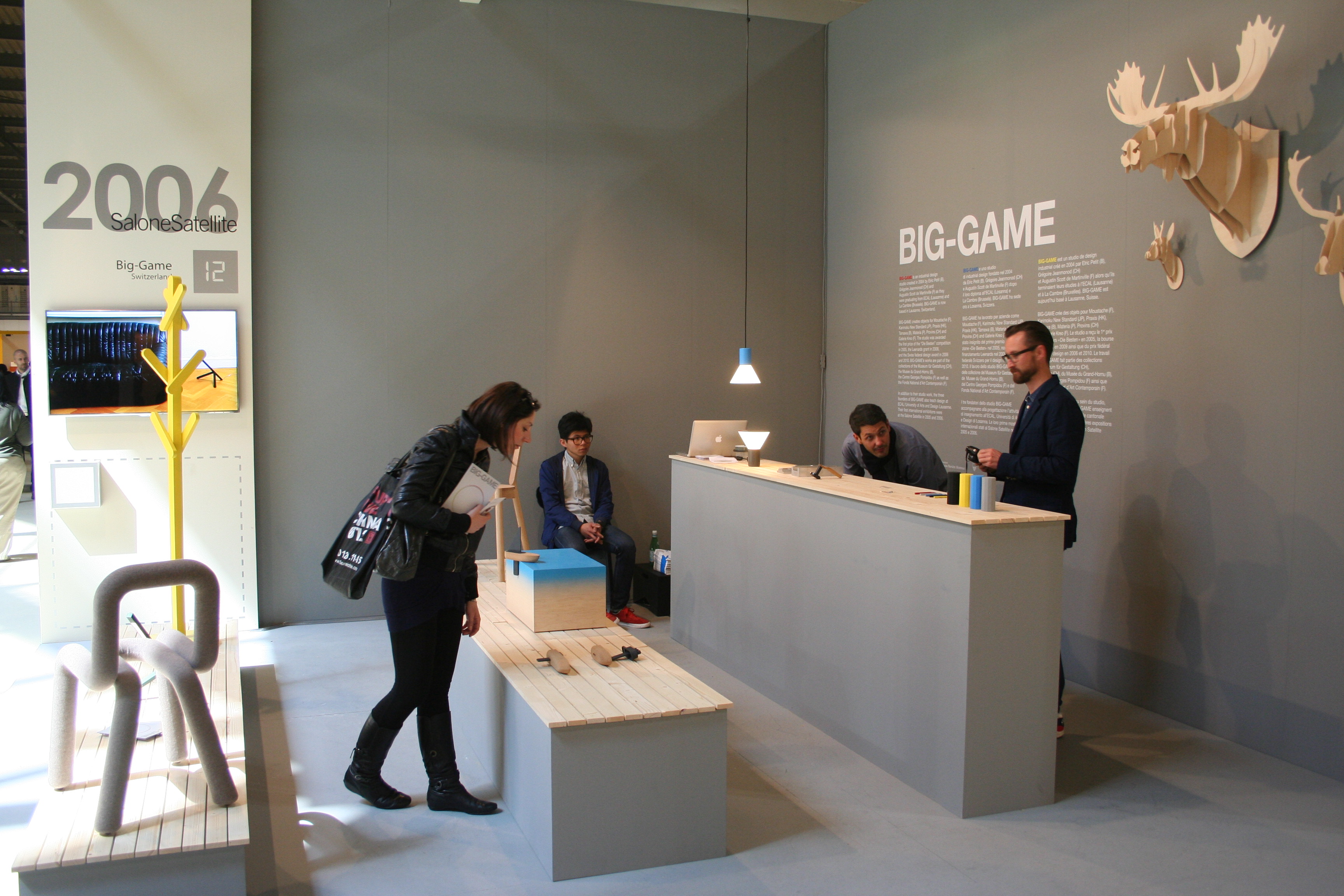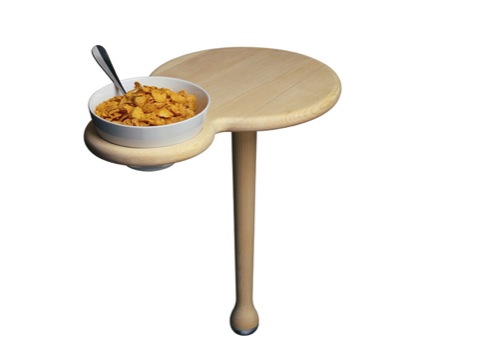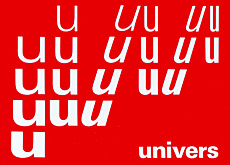Swiss help design tomorrow’s world

The International Furniture Fair in Milan is opening the doors and windows of the world of design.
Architects, journalists, retailers and consumers from five continents are visiting the Italian city to take a close look at the trends presented by designers who are creating and recycling objects in our daily lives and those of tomorrow.
Switzerland is one of the countries exhibiting at the official event, at the Fiera di Rho, as well as in the streets and other buildings in the city in a parallel event.
The Swiss Cultural Institute houses an exhibition called “Inverse everything”, from the Geneva University of Art & Design. There the visitor is invited to experience virtual reality in a real way and vice versa.
The process of seeing the world upside down – through a pair of mirror glasses which literally reflect normal perception – simply reproduces the inverted visual information that the brain receives via the optic nerve. It is like seeing reality from the brain’s point of view.
Students in media/design and space/communication have worked together to recall emotions and test new sensations. For this, they have explored the boundaries of time and space.
With the aid of film clips and a small model, the group of 14 students has designed and produced a city – on the imaginary planet Gamma4, where there is no friction – in an ethereal and continuous data transmission network.
Virtual sex
Telepathy is another area explored in the exhibition. Will it be possible in future for example to have sex simply through the power of the mind using special glass masks?
The designers of Head also study the effects on the face of gravity and the absence of it. The visitor enters a simulator and checks out the changes in facial expressions though a series of photographs.
“But we didn’t want these photos to be like the ones in a children’s amusement park,” exhibition curator Alexandra Midal told swissinfo.ch.
“Here, we are capturing the transformations. We believe that design is a model of thought. We are critical of our society. We try to make people think. What would the world be like in a space without dimensions or weight?”
Concrete design
In Milan, Swiss design also returns to its recent past and its successes.
The renowned “Salone Satellite”, formed by young designers looking for a forum in which to present their projects, is in its 15th year and has invited everyone who took their first commercial steps there.
The Swiss designers from Big-Game, who attended in 2006 and received concrete proposals for the production of their creations, are still active.
“Our first success was to attract interest from a producer in Belgium. We were very visible there and we took advantage of the success to show new projects. Marva Griffin Wilshire is right when she calls us ‘my children’,” said Augustin Scott de Martinville, one of the three Big-Game designers, referring to the Venezuelan lady who has directed Satellite since 1998.
Another Swiss team, Postfossil, has also entered Satellite’s hall of fame. Unlike their success in 2008, when the five members mounted an installation against fire and waited for potential manufacturers, they have now moved into production themselves.
Christophe Guberan, a student at the University of Art & Design Lausanne, shows interested visitors his Hydro-Fold project. He has developed a system capable of transforming a two-dimensional surface into a three-dimensional object.
“I inject water into the ink reservoir of the printer. The mixture is printed on the paper and when it dries, it takes other forms,” he explained.
The University of Art & Design Lausanne is also represented by two works in other parts of Milan: “Hot Tools” and “Too Cool for School”. In both cases the interdisciplinary aspects of the courses appear in the projects, with the creation of instruments which take on different shapes and the maximum use of photography, drawing and object design.
Luxury design
A Swiss designer is staking its claim in the marketplace for the first time – at the furniture trade fair. In the bathroom sector, Kristal Lang is driven by foreign orders. Even more so when the handles, soap holders and other bathroom items are encrusted with crystals.
“We had a good show at the Moscow Fair. The Russians and the Arabs keep the luxury market going. For this reason we thought it was time to come to the international fair”, a spokesperson said.
Swiss company Vitra competes on equal terms with major Italian competitors in design. The nationality of their designers is not important. French designers Ronan and Erwan Bouroullec have produced one of the novelties in the new collection – shelves in three colours and different sizes – and Italian designer Antonio Citterio has created armchairs.
On the other hand, the traditional Italian manufacturer Moroso pays homage to Switzerland. The Chandigarh chair, created by Nipa Doshi from India and Jonathan Levien from Scotland, is named after a city in northern India which was redesigned by Le Corbusier, the great Swiss architect.
Like design, the world is becoming increasingly globalised, yet it sometimes returns to its starting point.
The International Furniture Fair opened on April 17 and runs until April 22.
In total, the event at the Milan trade fair occupies an area of 209,000 square metres, with 2,500 exhibitors, 70% of whom are foreign. A total of 11 Swiss companies are exhibiting.
The organisers are hoping for an attendance of 300,000 people from 160 countries.
This year the trade fair has devoted four areas to the kitchen, where there is a show of ovens and other domestic appliances which respond to commands issued from a tablet PC or computer.
The International Furniture Fair takes place at the Fiera di Rho, but it also takes in the whole city of Milan with meetings, workshops and parties.
This year, the theme of the Salone Satellite, which showcases projects by the younger generation, was “Technological Design”. Satellite stipulates that the maximum age of the designers is 35.
The current show features 17 design schools, among them the University of Art & Design Lausanne.
In the past 15 years, Satellite has taken in 750 young designers from 80 countries who have exhibited 8,000 projects.

In compliance with the JTI standards
More: SWI swissinfo.ch certified by the Journalism Trust Initiative




You can find an overview of ongoing debates with our journalists here. Please join us!
If you want to start a conversation about a topic raised in this article or want to report factual errors, email us at english@swissinfo.ch.